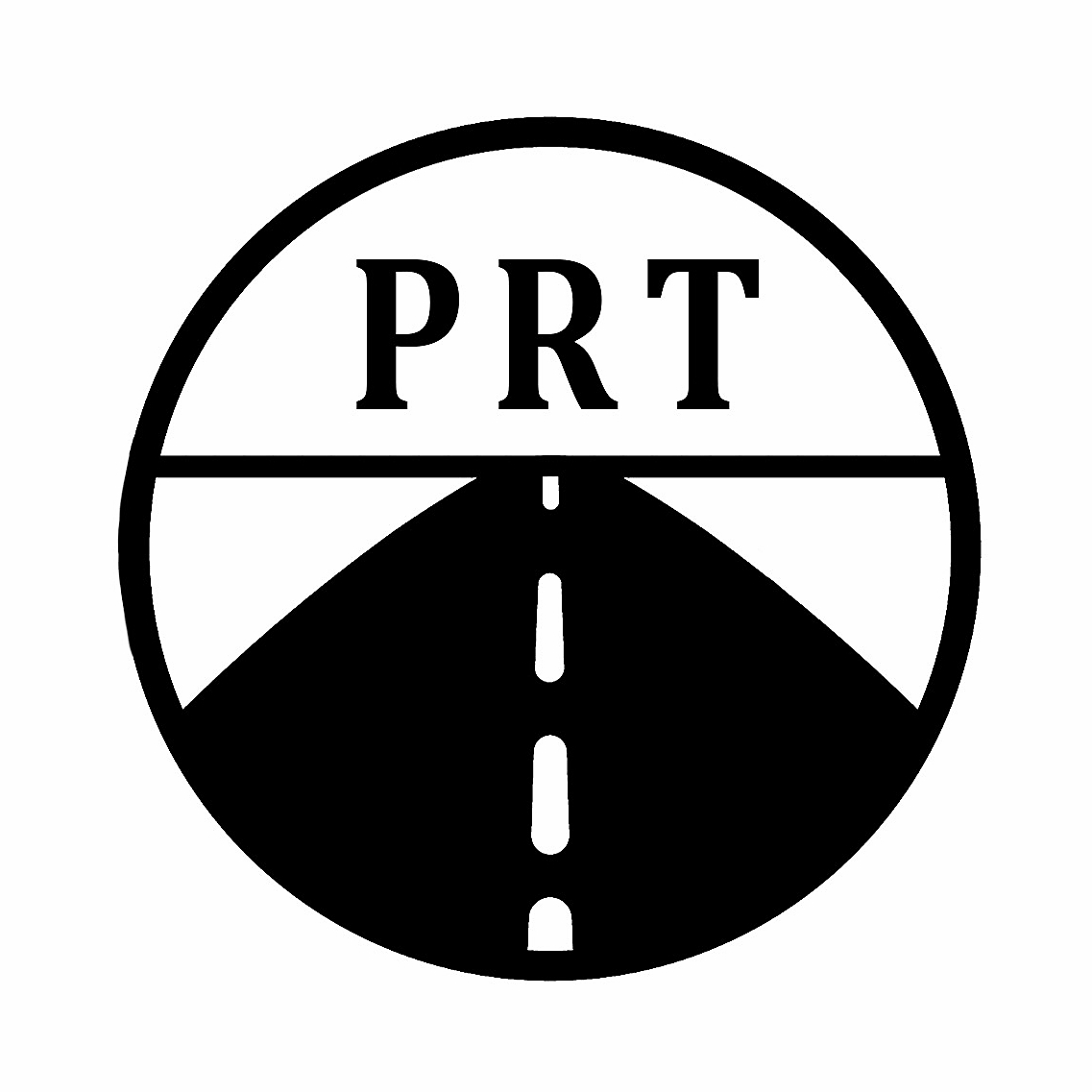Earned Schedule: An Extension to the theory of Earned Value Management
/Mentioned in The PMBOK® Guide
In the last paragraph of page 233 of the PMI® PMBOK® Guide, 6th edition, the concept of Earned Schedule is mentioned under the heading “Trends and Emerging Practices in Project Cost Management”.
The Need
Earned Value Management works well for measuring cost performance, but the classic metric for schedule, SPI = EV / PV is lousy for tracking schedule. The most vivid example of where SPI (Schedule Performance Index) falls short is when the project is not only behind schedule but actually late — i.e. the expected completion date has passed and we are still working to complete the project scope. We could be 40% beyond the estimated project duration as we are closing in on the last 5% of project scope (as measured by earned value). The SPI = EV/PV is approaching 1.0 suggesting that we are converging on a status of being on-schedule, which is of course ridiculous.
The Solution?
Earned Schedule (ES) is a better metric and resolves the problem described above. Let’s take a look at how Earned Schedule is defined.
In the figure above we see our planned progress in the form of the Planned Value curve PV and our actual progress in the form of the Earned Value curve EV. In both curves what we are plotting is the originally estimated cost to complete the project work, as represented in the approved cost baseline.
AT (‘Actual Time’) represents the current point in time where we wish to quantify how we are doing with respect to schedule. As drawn, the EV curve is showing that we are behind schedule (accomplishing less than expected, as measured by Earned Value).
From where we are right now at time = AT (Point 1), we read horizontally over to the left to reach the planned value curve (Point 2). Then we read down to the time scale to note the time at which we expected to reach the earned value that we have currently achieved, and we call this point in time ‘ES’ for ‘Earned Schedule’. So, for example, if we are at time AT = 17 days now but we should have achieved our earned value by the end of day 11, we say our Earned Schedule is 11 days. Earned Schedule is a direct translation of Earned Value to time, using the Planned Value curve. We have a ‘Time Variance’ TV which is ES-AT, and a Time Performance Index TPI = ES / AT. In example described, TV = 11-17 = -6 Days and TPI = 11/17 = 0.65.
These equations and others are put forward in a paper, which is mentioned on the PMI.org website: Anbari, F. T. (2012). The earned schedule. Paper presented at PMI® Research and Education Conference, Limerick, Munster, Ireland. Newtown Square, PA: Project Management Institute.
How Important Is All This?
Well, if you must report schedule metrics, this Earned Schedule refinement to Earned Value Management Theory is clearly a valuable improvement. If the project work proceeds in a fairly linear fashion and does not include complex dependencies, the use of Earned Schedule may be quite useful.
Serious Limitations Remain
However, in a complex project where the schedule network diagram includes many activities away from the critical path, the use of Earned Schedule will be of less value. The reason for this is that the Time Performance Index (TPI) is still just an average and you could have lots of good news away from the critical path which disguises a serious problem on the critical path, resulting in a TPI which looks pretty good when in fact your project schedule is in serious trouble.
At the end of the day, averages and indices work better for cost than they do for time.
A brief video on this topic can be found here.
A longer version of the video can be found here.
PMI and PMBOK are registered marks of the Project Management Institute, Inc.


